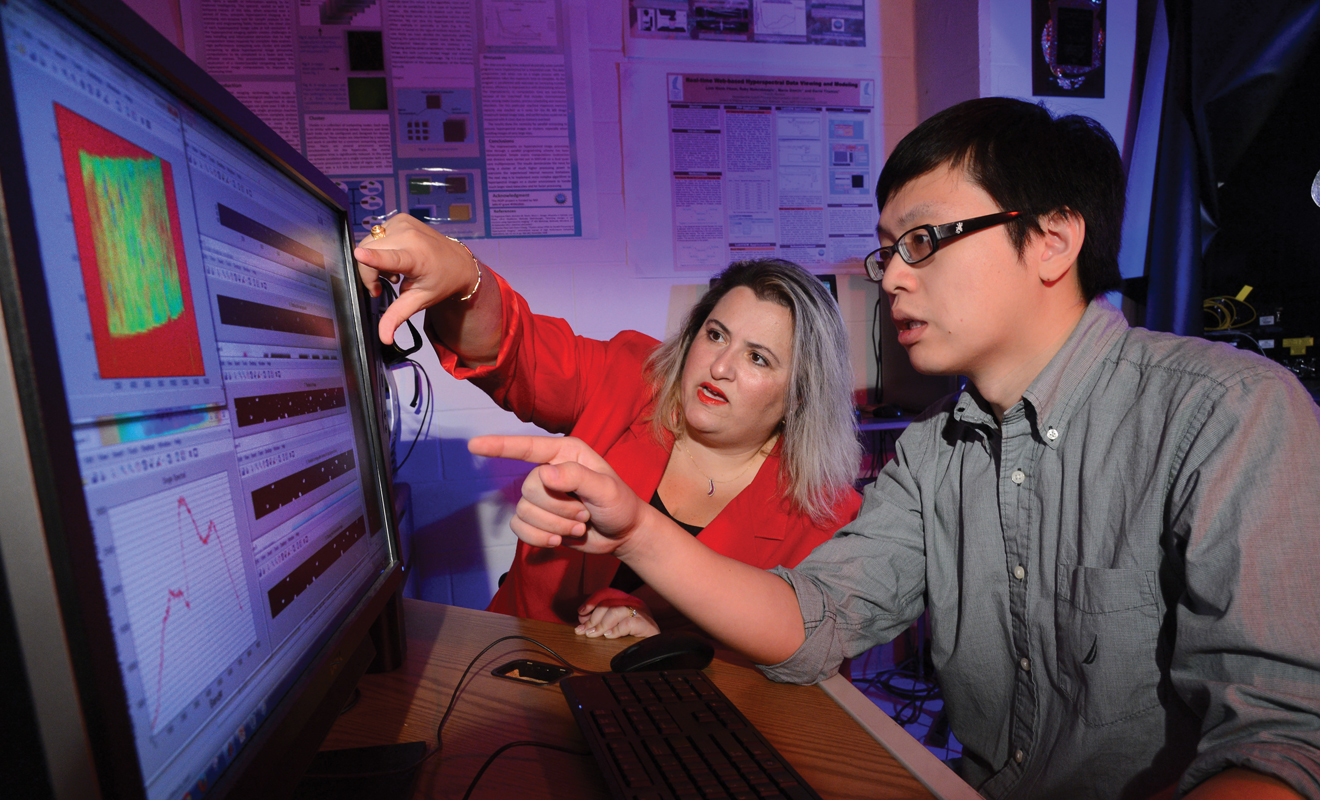
In 2012, the National Science Foundation ("NSF") solicited proposals for Campus Cyberinfrastructure - Network Infrastructure and Engineering Program (CC-NIE) grants, one component of which was "Science DMZ's" at local campuses. The intent of the program was to support activities at the local level such as:
Several LEARN members applied for and received those grants and have implemented Science DMZ's on their campuses, successfully meeting the goals of the NSF grant program and more importantly, vastly increasing the data transfer capabilities of their campus researchers. Let's look at those institutions.
Texas A&M University - Corpus Christi
Three years ago, Texas A&M University-Corpus Christi (TAMU-CC) received funding from the National Science Foundation (Award number 1341027) to construct a Science Demilitarized Zone (DMZ) network. Science DMZ is a network architecture, set apart from the general campus network, designed for researchers who have a need to send and receive large data sets without the negative performance impacts caused by firewalls, while also being protected from malicious online activity.
Fast forward to 2016, the Island University is fulfilling its Momentum 2020 vision of becoming an emerging research university by implementing modern cyberinfrastructure through the Science DMZ. The overall goals of the original grant were more than technological and included:
Dr. Dulal Kar, Associate Professor of Computer Science who helped facilitate the project, says the Science DMZ has created a data sharing environment between the Island University and other universities thus accelerating research at TAMU-CC.
"I know some faculty members who deal with a lot of data for their research and have benefitted tremendously from this," said Kar. "The Science DMZ is connected to every building involved in research at TAMU-CC including the Harte Research Institute for Gulf of Mexico Studies (HRI), which is the only marine research institute dedicated solely to advancing the long-term sustainable use and conservation of the world's ninth-largest body of water and the Conrad Blucher Institute, a research institute also at the Island University which conducts innovative research and develops technology solutions relevant to surveying, scientific measurements and to the issues in the Gulf of Mexico region."
The Island University's Division of Information Technology was heavily involved in the construction the Science DMZ. Edward J. Evans, Associate Vice President for Information Technology (IT) and Chief Information Officer for the Island University, stated that the implementation of the Science DMZ was a team effort.
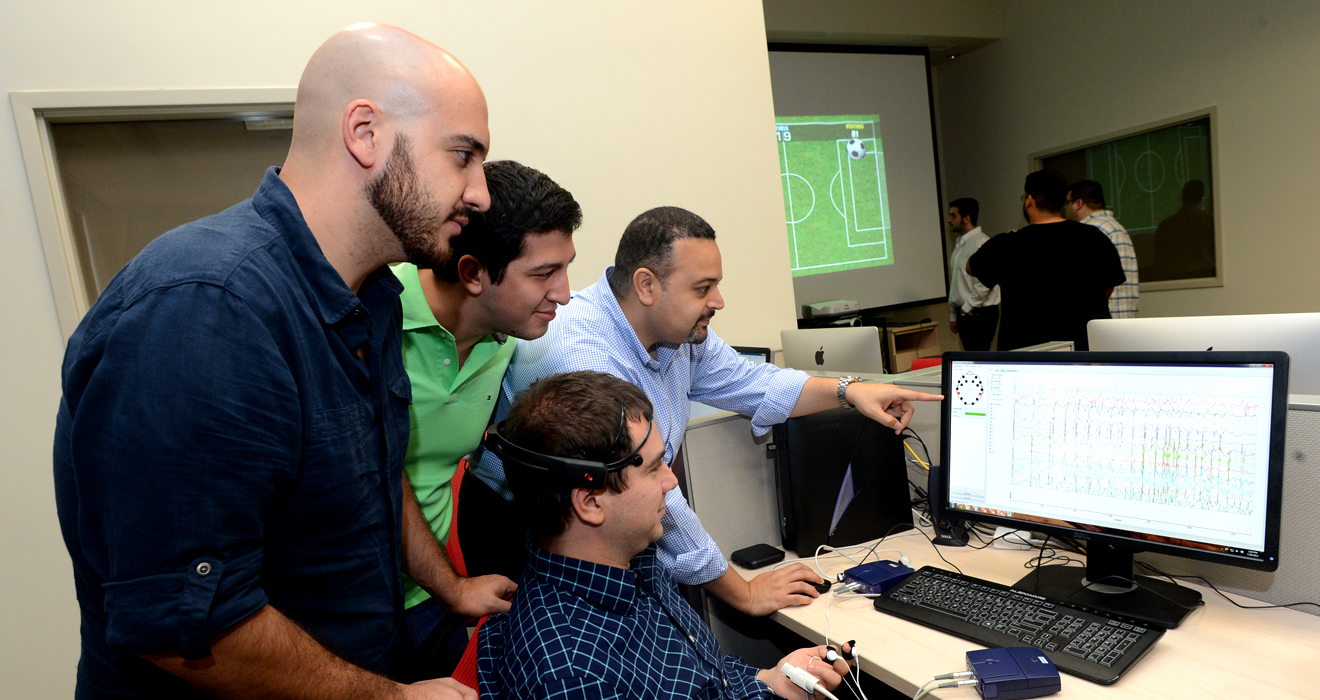
"IT is committed to enhancing research through a modern cyberinfrastructure that allows scientists to focus on their projects rather than maintaining technology," said Evans. "The University as a whole had a cap of about one gigabit per second of bandwidth. When the Science DMZ opened up for researchers in 2014, an increase of 10 gigabits per second was recorded. That means ten times more speed for transferring data." The Island University plans to continue growing in computational research capabilities with optimal high-availability, fiber-optic data networks, such as the Science DMZ.
Texas A&M University
Genomics, Math and Computation, and Computer Science researchers, as well as some departmentlevel high performance clusters at Texas A&M University (TAMU), now seamlessly transfer large amounts of data over the Science DMZ network created on the campus as a result of the NSF grant (Award number 1246097). 10Gb or 100Gb connections in several buildings on campus, linked to research labs, tie into a 100Gb port to LEARN's router in Houston, a connection made possible through the expertise and assistance of LEARN network engineers.
Willis Marti, Director and Chief Information Security Officer at TAMU, states that researchers wanted a 100Gb connection to the national network to support their research. With the Science DMZ now in place, they now feel that they have a compelling case to make to NSF about their ability to move large volumes of data in support of their research when applying for grants.
Previously, the campus standard for network connectivity in buildings was 1Gb ports and the Science DMZ provided the impetus to upgrade that standard to 10Gb, with 100Gb to labs being planned for the future. The implementation of the Science DMZ, which bypasses the campus firewall, brought the benefits of high-speed networking, but with the caveat that researchers are now responsible for network security, an issue that TAMU is working through by means of education of faculty members.
Perhaps the greatest impact that the Science DMZ had at TAMU, Marti says, is that it planted the seed for providing the bandwidth that researchers need, demonstrating to researchers that IT would work with and for them to meet their needs. Thus, the overall demand for and capability of the campus network infrastructure has improved significantly. Researchers now feel enabled by the networking available to them.
University of Texas at Arlington
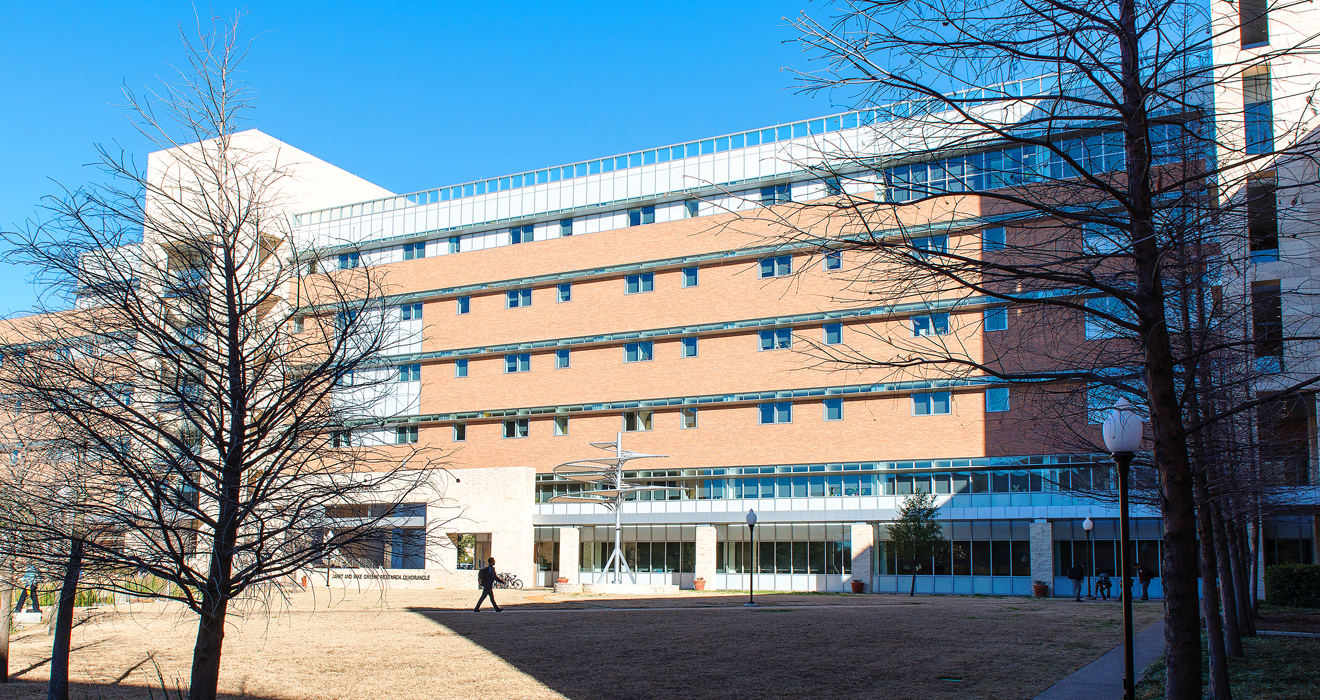
The University of Texas at Arlington (UTA) recently completed the build-out of their Science DMZ (Award umber 1440794) and rolled it out to their researchers, resulting in a doubling of the throughput of data for their researchers (from an average of 7Gbps to 15Gbps). The primary beneficiaries of the Science DMZ implementation were researchers in the Chemistry/Physics Building, which is now connected via a Layer 1 dedicated fiber path to a campus edge router that in turn connects to ESnet, a path implemented with the assistance of UTA, UT System's Office of Telecommunications Services (OTS), and LEARN engineers. A major user of the newly-operational Science DMZ on campus is Dr. Kaushik De in the Physics department, the lead researcher for UTA's ATLAS Southwest Tier 2 Center (the Large Hadron Collider project). The Earth and Environmental Science, Math and Business School departments will be the next beneficiaries of the high-speed Layer 1 network on the UTA campus.
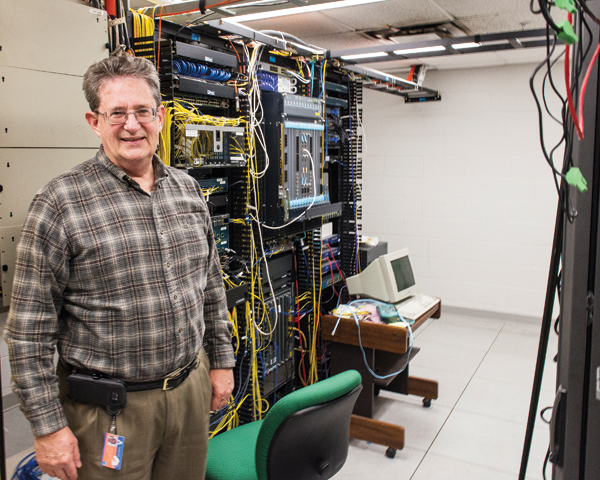
Patrick Jordan, UTA's Science Research Network Coordinator, reports that the establishment of the Science DMZ on his campus demonstrated both the need for and feasibility of upgrading the campus network and its connection to external networks such as ESnet. That helped make the case for a larger campus-wide refresh of the UTA network that is currently in progress. The network refresh equipment and design eliminates many single points of failure of the network on the campus. Without the Science DMZ, it would have been much harder to make the case for that upgrade. When completed the network will fully integrate with the OTS and LEARN networks. And Patrick notes that faculty who need high-speed network performance are now much more trusting in IT's willingness and ability to meet their needs.
Texas State University
Mark Hughes, Texas State University's Associate VP of Technology Resources, reports that his institution's Science DMZ is operational, with the assistance that the $550,000 NSF grant provided (Award number 1440637). Texas State is currently upgrading its HPC cluster, which will significantly increase the computer power available to its researchers and which will benefit greatly from the high-speed networking made possible by the Science DMZ.
Layer 1 dedicated fiber was pulled to campus labs that needed the high bandwidth made possible by the Science DMZ. That dedicated network is being used for point-to-point communications between researchers on campus now. Connectivity to the external national network is via a 10Gbs port made possible by LEARN edge routers in Dallas and San Antonio. Geography, Computer Science (Genomics) and cancer researchers will be the heavy users of the new network on the Texas State campus.
Mark reports that Texas State researchers were excited that the Science DMZ was coming when it was announced on campus and he is convinced that the relationship between Texas State faculty and IT has improved as a result of the hard work that the networking and HPC staff did to make the Science DMZ available on campus.
University of Houston
At the University of Houston (UH), the Science DMZ (Award number 1541368) has been implemented by connecting research lab computers at 10Gbps with 40Gbps between the labs via a separate dedicated fiber network to five locations on campus. That network connects to the campus' core router: currently traffic on the Science DMZ is between the labs on the UH campus although one researcher is investigating how to collaborate with another facility off campus through the on-campus Science DMZ network. Enabling UH researchers to communicate at state-of-the-art speeds off campus was made possible by a 100Gbps port on the core campus router that connects to the GENI network and other national research networks. That connection was enabled by LEARN's putting a 100Gb port on the Hardy street router in Houston.
The building of the Science DMZ has been an incremental process, says Charles Chambers, the Manager of Network Planning and Development, with the major initial goal being the establishment of a framework for high-speed research connectivity on campus. Because of funding and infrastructure limitations, it was a real challenge to get fiber to the UH labs, which wanted the fast connections. The consolidation of all high-speed connections on campus through a common infrastructure, though, has simplified the work of UH's network staff and will result in better service to all segments of the UH community.
Something that needed to be addressed in building the Science DMZ, one that is echoed in the other campuses with high speed networking needs, was tuning the researcher's systems to be able to transfer data at speeds that could actually take advantage of the enhanced network (previously they were using USB2 thumb drives to move data from one site to another). Working with researchers such as Engineering faculty who use the Science DMZ to transfer high-resolution microscope data across campus, UH networking staff managed to make the faculty's data move at expected speeds.
UH sees two benefits to their implementation of the Science DMZ on their campus: (1) Opening a dialog between IT and the faculty researchers and showing them that IT wants to make them successful and (2) The collaboration with other IT organizations from around the country that occurs when UH networking staff go to NSF meetings and talks to their counterparts about their challenges and successes.
Baylor College of Medicine
Baylor College of Medicine's (BCM) Genomics department is perhaps the largest mover of data over a network in Texas, having sent some 200TB of data at 6+Gbps over a three'day period in the recent past. To help meet their need for fast data transfers, BCM has placed a data transfer node (DTN) on their campus, connected to new state-of-the-art, 100G infrastructure funded by the NSF (Award number 15410750). The DTN will serve as a template for their ultimate full implementation of the DMZ, which BCM expects will foster faster and more effective collaboration for their researchers on campus.
A big challenge in the medical college's environment is the security of protected information as it leaves the campus. Researchers want a frictionless network that removes network security impediments such as firewalls so their transfers can proceed without special configurations or setups. BCM's plans for their Science DMZ include protocols and safeguards to meet those desires as closely as possible without compromising security.
Jeff Early, the NSF grant Principal Investigator (PI) and Director of Communication Technologies at Baylor College of Medicine, has found the discussions he has with CIO's at LEARN Board meetings have been invaluable to him as his teams tackle the technical and policy-related issues of the Science DMZ.
Stephen F. Austin State University
Stephen F. Austin State University (SFASU) built its Science DMZ (Award number 1341010) with a dedicated fiber network on campus, firewalled off from the rest of the university's network. The Science DMZ also connects SFASU's Observatory (the second largest observatory in Texas, located 11 miles off campus) to the main campus. The DMZ connects to the campus' edge router for connectivity to the outside world through a 10Gbps port.
After investigating the cost and feasibility of pulling its own fiber, the University decided that a better approach was to use a local communications provider. Through an agreement with that provider, SFASU was able to obtain a 20-year IRU that gives them the fiber they need at an affordable price.
The physics and computer science departments are the primary user of the Science DMZ and SFASU expects that those departments' research will benefit from the efficient and rapid transfer of data enabling their research.
Texas Woman's University
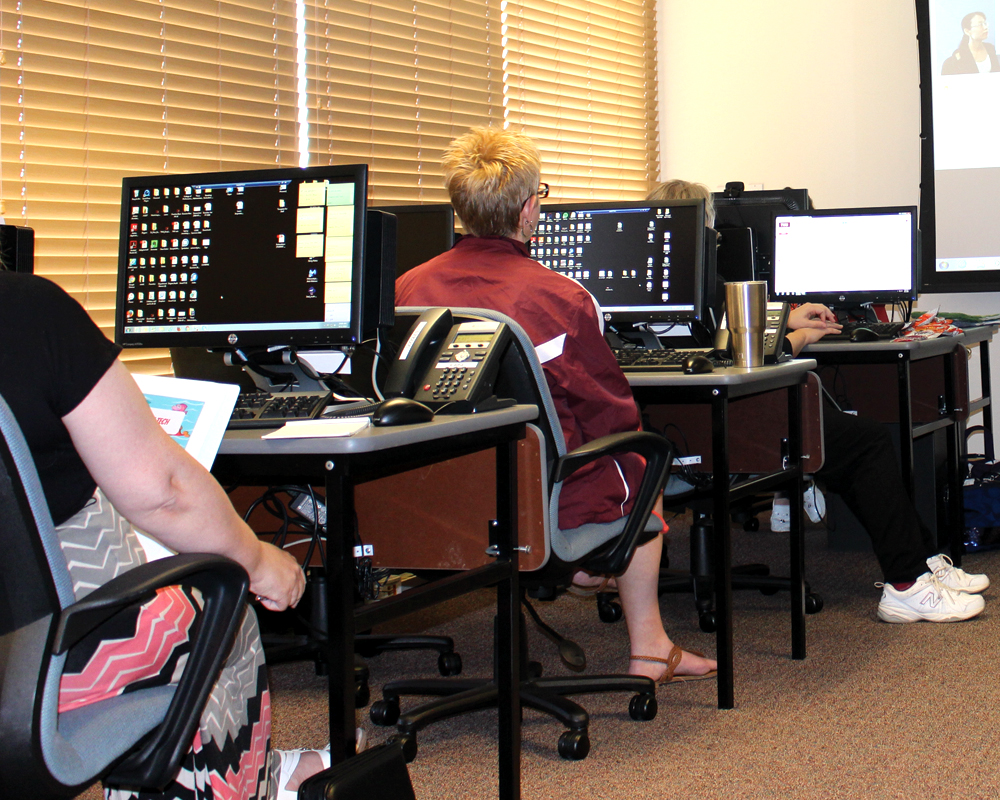
Two goals of Texas Woman's University's (TWU) IT strategic plan are to (1) Research and deliver classroom technologies to create engaged learning environments and (2) Provide reliable and secure infrastructure for information access and exchange. To help meet those goals, TWU's Office of Information Technology (OIT), headed by Dr. Robert ("Rob") Placido, applied for and was awarded a National Science Foundation (NSF) Science DMZ (Award number 1541440) grant two years ago. According to Rob, the Science DMZ was primarily envisioned as a tool to achieve TWU's instructional and research goals.
Dr. Pierce Cantrell at Texas A&M gave TWU's staff invaluable advice and assistance in designing and implementing the Science DMZ, drawing on his experience at bringing a Science DMZ to TAMU several years earlier. The resulting network at TWU has greatly enhanced the University's ability to conduct teaching, research and public service and Rob is convinced that the improved network will be instrumental in OIT's meeting its goals.
Prior to receiving the NSF Science DMZ grant, TWU's network was limited to 1Gbps at the backbone and 100mbps between buildings. With such limited bandwidth available, the network was underutilized because faculty members found it unusable for their purposes. The NSF grant allowed TWU to pull fiber to buildings where the higher bandwidth was needed on campus and to increase the backbone speed to 10Gbps. New endpoints within the network were installed, the commodity internet was isolated from the research network, and TWU started routing traffic through Internet2, something that they hadn't previously done because of the limitations of their campus backbone. LEARN upgraded TWU's endpoints to 10Gbps to give the University the requisite bandwidth for researchers to collaborate with large datasets around the world.
Placido emphasizes that TWU's partners of Dallas-Ft. Worth universities, community colleges, and public schools were instrumental in his university's ability to improve its own campus network. A multi-institution, multi-year networking project among the partners provided the high-speed fiber connection that takes a circuitous path to the north of Dallas and then south to LEARN's router in Dallas. That fiber is shared by UNT, UT Dallas, SMU, TWU, and the Denton Independent School District and traverses fiber owned in many segments by the collaborating institutions. The new connection gives TWU's network a backup Internet connection and much greater throughput to meets its evergrowing research demand. According to Placido, "the expansion would not have been financially possible without the collaborative efforts of other institutions partners in the LEARN organization."
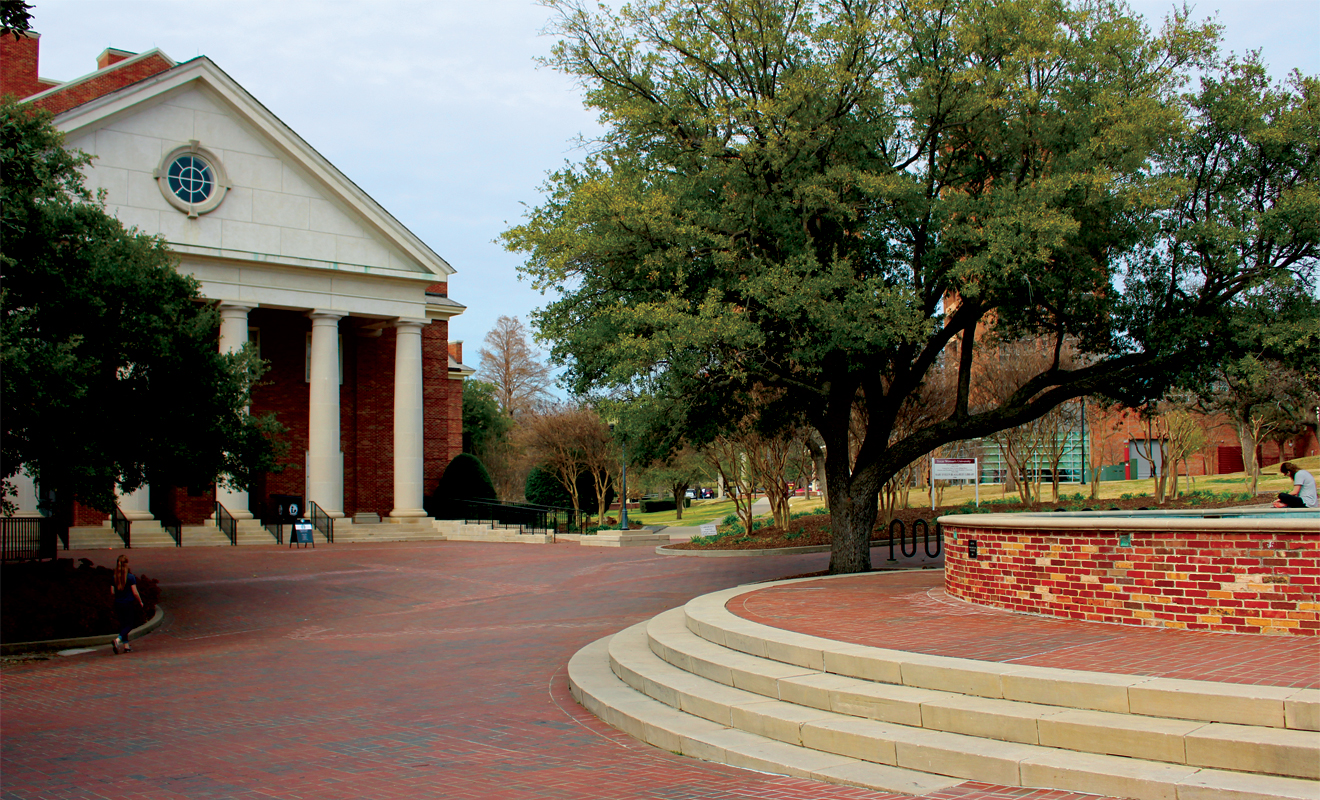
TWU's Science DMZ project, now in operation, has enabled significant advances in the University's research and instructional mission. Foremost among those advances are:
Texas Woman's University's Science DMZ project is meeting the goals of both the NSF, which funded the project and TWU, which put in the hard work of making the new network operational. Dr. Placido is proud of his organization as well as of TWU's research and education community that is now taking advantage of a major advance in the University's data communications capabilities.